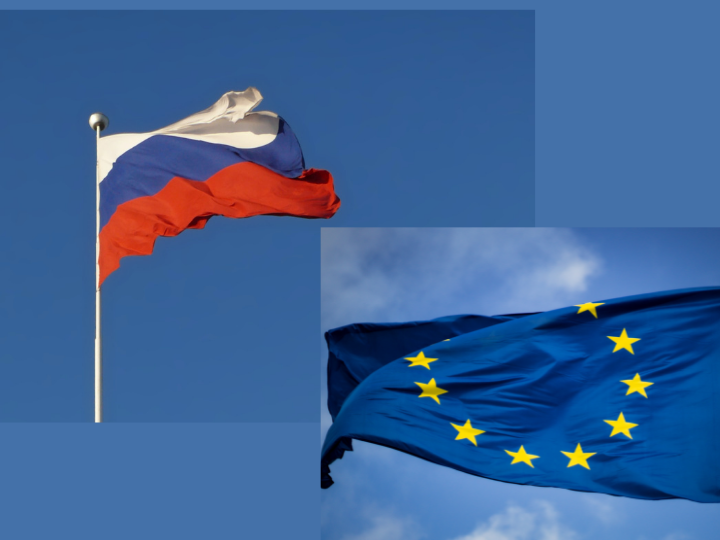After the US, Russia is even the most important supplier of LNG in the EU. For 2024 in absolute figures, according to Kpler (an analysis platform specialised in commodity markets) data, it was 25.49 billion cubic meters of LNG. Of these, just under half passed through the North Sea ports of Zeebrugge (Belgium) and Dunkirk (France).
The Russian LNG intended for consumption in Europe often ends up in Germany. It no longer receives Russian gas via pipelines from the east and therefore supplies itself via the western route. German orders went up six and a half times last year, a result of a contract with the largest private gas company in Russia. The 58 gas deliveries of 2024 (the year before there were only twelve) all passed through the Fluxys terminal in Dunkirk. Russian gas also went to Germany via Zeebrugge.
A spokesperson of the Belgian environmental NGO Bond Beter Leefmilieu (Association for Better Environment) told the leading Flemish daily De Standaard, ‘Germany has banned the import of Russian LNG in its own ports. It does import gas now that officially comes from France and Belgium but partly consists of Russian LNG. As a result, the gas is actually laundered. All countries involved can therefore claim that they are not responsible for the demand for Russian LNG’.
In its response Fluxys said that the origin and destination of the LNG are part of the confidentiality of customers. ‘As an independent infrastructure manager, we have no control over the origin or destination of LNG. The terminal is legally based on the principle of open access. This means that any company interested in the supply of liquified gas can reserve capacity at the terminal’.
From March on, the transshipment of Russian LNG to countries outside the EU has been banned, as is happening to a large extent in Zeebrugge. Experts warned that this sanction will actually lead to an increase in the import of Russian LNG into the EU.







